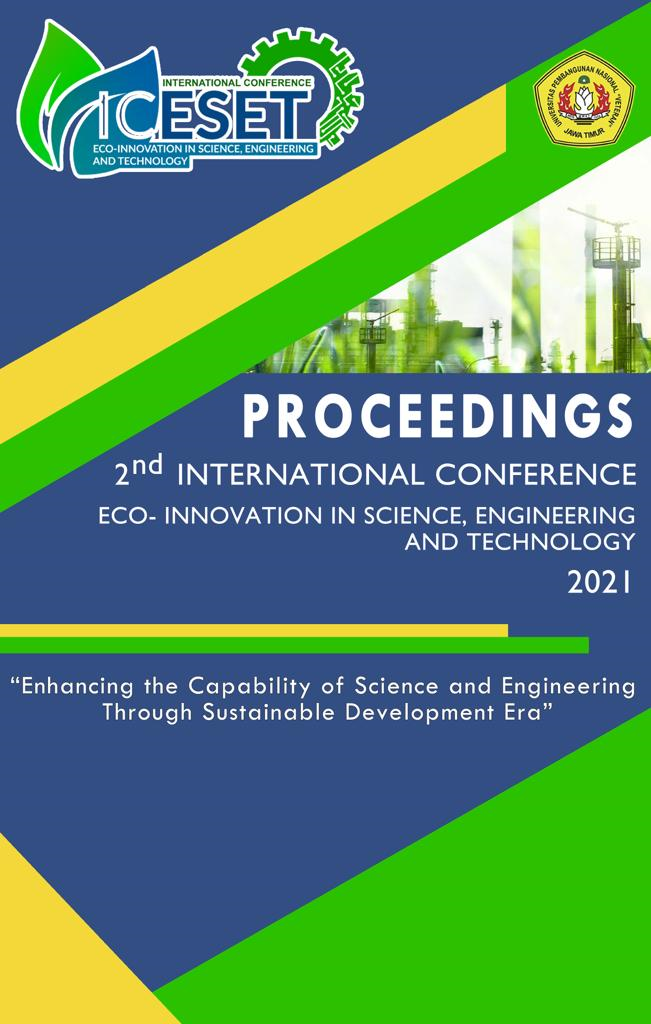Wear Scar Characterization of Polycarbonate Urethane (PCU) By Raman Spectroscopy
DOI:
https://doi.org/10.11594/nstp.2021.1451Keywords:
Raman spectroscopy, PCU, wear scar, pin on discAbstract
Until now, the need for revision surgery and implant failure is still the main clinical problem in installing biomaterials in the human body. Mechanical testing is needed to determine the life of the biomaterial before it is implanted in the human body. Mechanical testing in this study was carried out using a pin on discs simulator, run for 50000 cycles in dry condition. PCU material is used as disc components and SS 316L as a pin. The following test parameters were used: normal load FN = 500 gram and sliding velocity 50 Rpm in dry condition. Chemical changes in the wear scar can cause a drift in friction level. This study aims to analyze the chemical surface changes in wear tracks of PCU after mechanical testing. For this, Raman spectroscopy was used to determine the chemical changes at the surfaces. The wear tracks developing between the metal on PCU were analyzed using these techniques. The results show that the chemical changes in the wear scars of the PCU disc are due to mechanical stress. Raman spectroscopy is used to observe the chemical changes on the wear scar due to the sliding test.
Downloads
Downloads
Published
Conference Proceedings Volume
Section
License
Copyright (c) 2021 Wahyu Dwi Lestari , Luluk Edahwati, Ndaru Adyono, Tria Puspa Sari, Wiliandi Saputro, Ahmad Khairul Faizin, Radissa Dzaky Issafira

This work is licensed under a Creative Commons Attribution 4.0 International License.
Authors who publish with this proceedings agree to the following terms:
Authors retain copyright and grant the Nusantara Science and Technology Proceedings right of first publication with the work simultaneously licensed under a Creative Commons Attribution License that allows others to share the work with an acknowledgement of the work's authorship and initial publication in this proceeding.
Authors are able to enter into separate, additional contractual arrangements for the non-exclusive distribution of the proceedings published version of the work (e.g., post it to an institutional repository or publish it in a book), with an acknowledgement of its initial publication in this proceeding.
Authors are permitted and encouraged to post their work online (e.g., in institutional repositories or on their website) prior to and during the submission process, as it can lead to productive exchanges, as well as earlier and greater citation of published work (See the Effect of Open Access).









